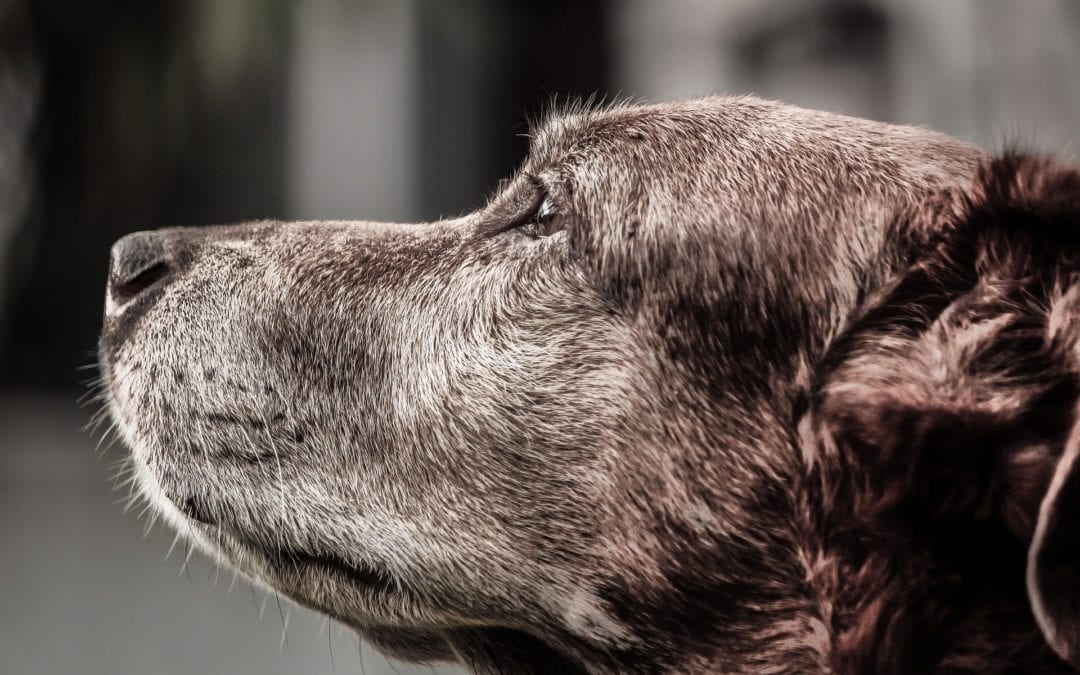Let’s put her age into perspective. A 16-year-old dog in human years is about 77.6. Based on statistics from 2018 for people, the average life expectancy in people is 81 years for women and 76 years for men. The most common health problems people experience at these ages are the same in dogs: cancer, arthritis, heart disease, and dementia. These sound scary serious, but it’s our job to help you identify when we have these things going on. We’ll help you navigate the medical side of things. We’ll do all we can to treat her and keep her happy.
A New Phase
Just because she isn’t greeting you at the door or running circles with her leash in her mouth to go outside with you doesn’t mean she doesn’t want to be with you. She still loves you. She may not be able to hear you enter or see you clearly, but she’s still excited to see you when she realizes you’re home. And those walks and hikes you used to love together? Her joints are a bit sore, her stamina isn’t what it used to be, and she can’t see very well when she goes outside. So, walks especially in new places might make her anxious. She’ll try to do it for you if you ask. That’s her job. However, if she’s displaying nervousness or delay tactics like extra sniffing, extra urinating, or lagging behind on a walk or hike, or if she’s lame the next day, then we probably need to take shorter excursions. If she is a small dog you can get a buggy for her to ride while you walk. It gets her out of the house to see the world which is immensely important to keep up her spirits. If she’s a big dog you might need to think about new outdoor activities to do with her closer to home. Trouble with stairs and jumping? That cloudiness you see in her eyes makes the stairs hazy, and forget trying to see in the dark. She’s also got arthritis. One or two slips on stairs or slick flooring and she won’t want to do the stairs anymore; the hardwoods will scare her. To her, this means staying in bed all day sounds like the best option. Don’t let her! Keep her moving. Let us help you control her arthritis pain. Consider some carpet runners to help her get a better grip on the hardwoods. A ramp to get outside, onto the bed, or into the car might give her back some confidence.
Older dogs are the most wonderful. They also need us the most.
Dr. Zoe Forward

